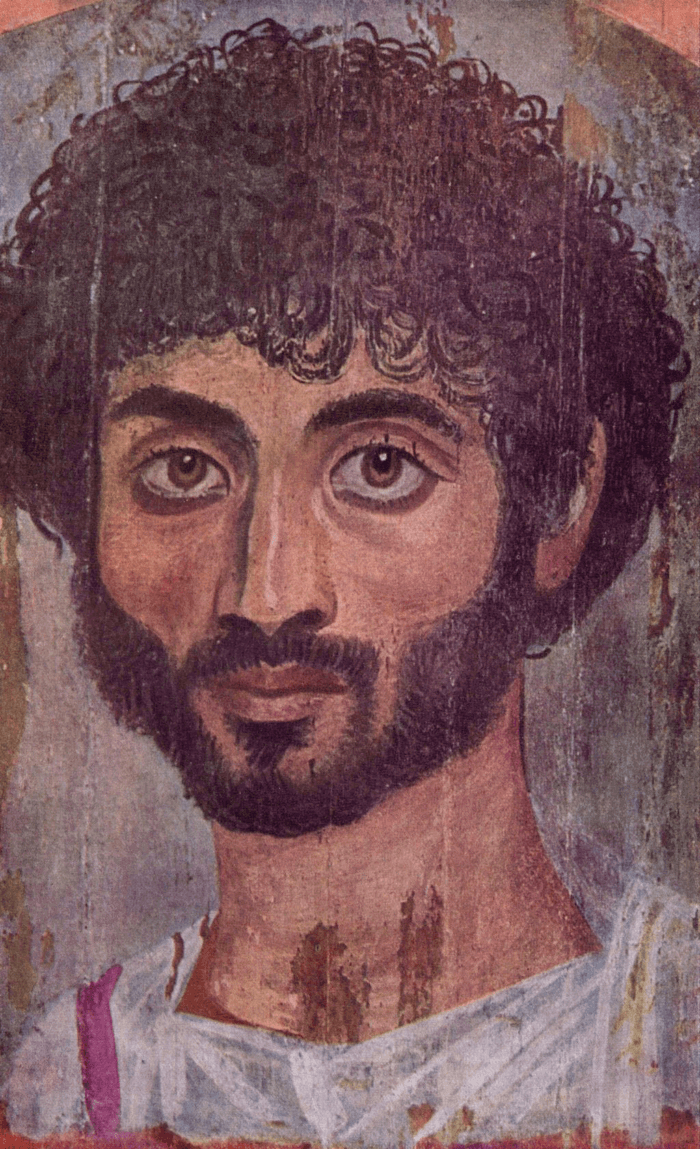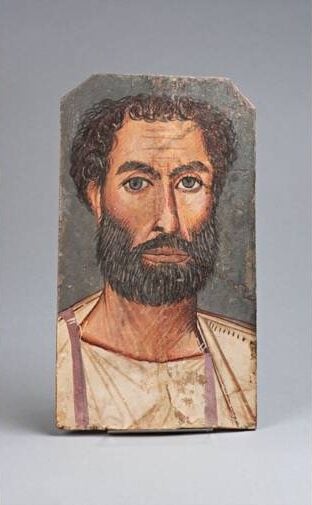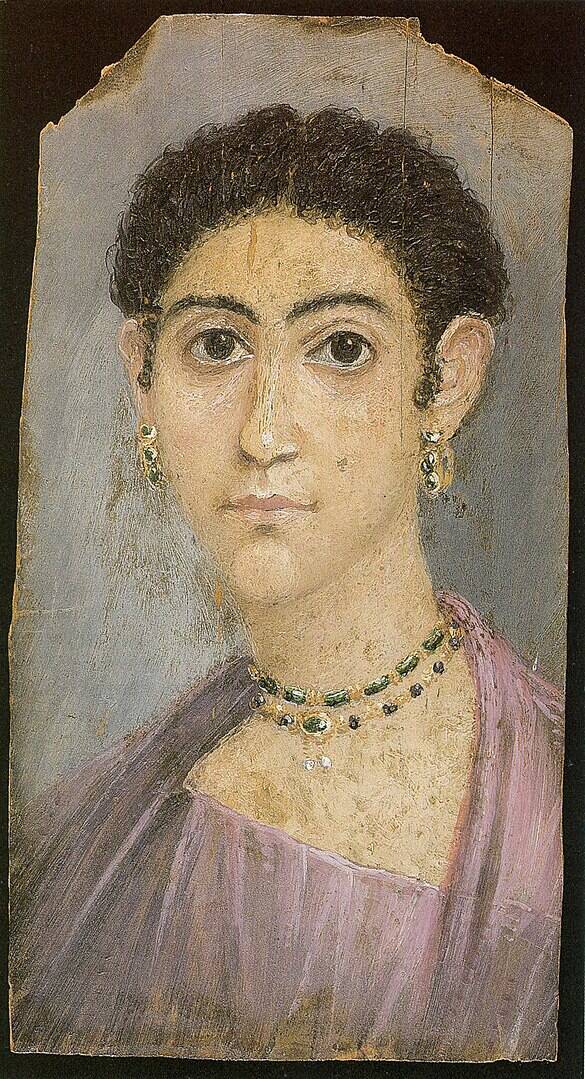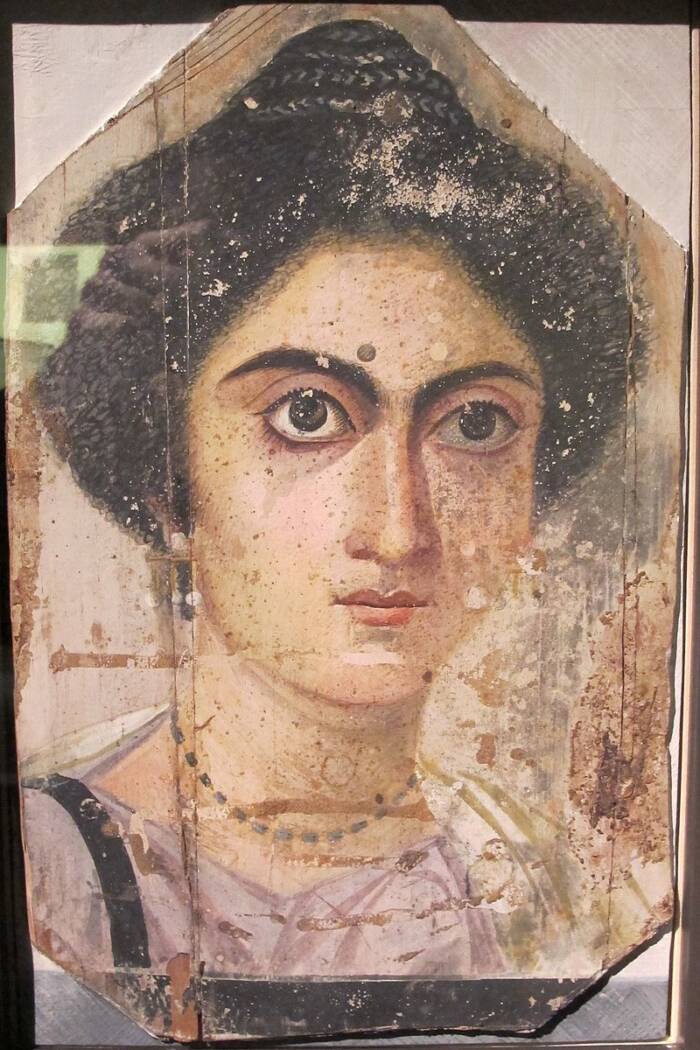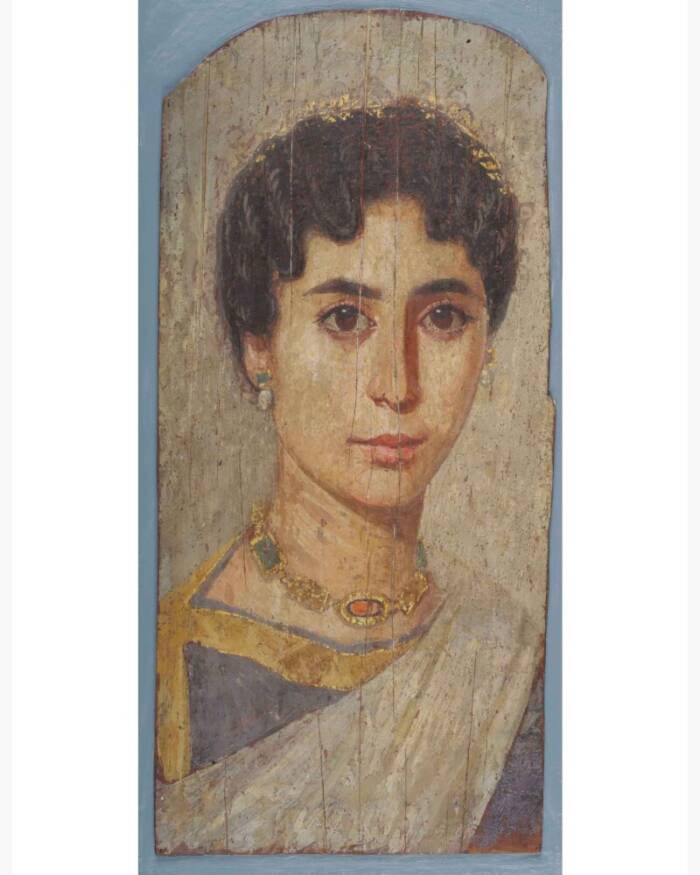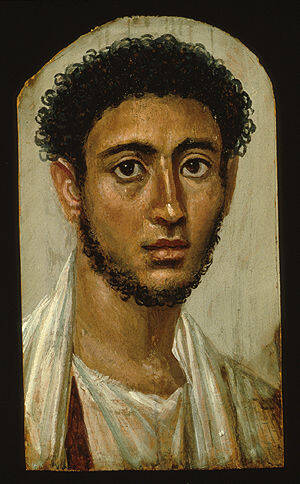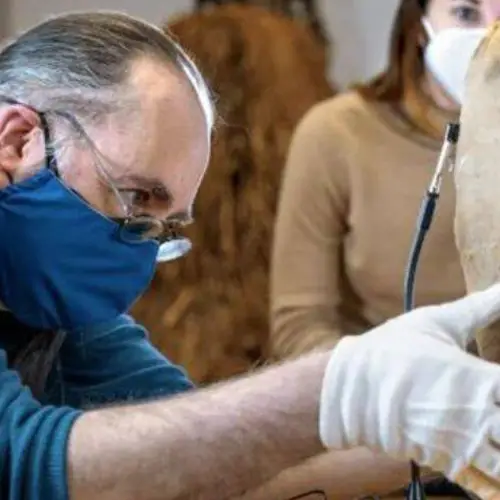Dating back to the era of Roman Egypt, these mummy portraits show what the deceased looked like when they were alive in exquisite detail.
Ancient Egypt is one of the most thoroughly studied civilizations in history, and one of its most famous traditions is mummification — a practice that stretches all the way back to 2600 B.C.E. Even after Egypt became part of the Roman Empire around 30 B.C.E., many people continued to mummify the dead as they had for millennia. But some elite families added a new tradition to the mix, creating Fayum mummy portraits.
Found mostly in the Fayum region of Egypt, mummy portraits are lifelike paintings of the dead on wooden panels. In most cases, the illustration is attached to a specific mummy and buried with it. The portrait is meant to show what the deceased person looked like when they were alive.
This tradition, a mix of Greco-Roman influences and Egyptian rituals, was popular among wealthy families in Egypt from the first to third centuries C.E. Most of the Fayum mummy portraits depict people with European heritage who moved to Egypt after the rule of Alexander the Great. Though the mummies themselves are preserved in the traditional Egyptian style, many of the paintings attached to the mummies show individuals with jewelry, hairstyles, and garments that were popular in Greek and Roman fashion.
Ever since these paintings were first rediscovered in Fayum in the late 19th century, they've captivated experts and casual viewers alike. After all, Fayum mummy portraits offer an important reminder that each long-deceased mummy was once a living, breathing human being.
See some of the most striking mummy portraits in the slideshow above, then learn more about the history behind these paintings below.
The Tradition Of Fayum Mummy Portraits
The practice of creating mummy portraits first rose in popularity in Egypt in the first century C.E. This tradition was especially popular in Fayum (sometimes also spelled Faiyum), an oasis region located just west of the Nile River. Since the vast majority of these paintings have been recovered in and around that area, that's why they're known as Fayum mummy portraits.
These portraits are often divided into two groups based on what binding material was used for the pigments: Tempera paintings were created with eggs or animal glue and encaustic paintings were created with beeswax. Most of these illustrations were painted on wood boards or panels and then placed atop the mummified person's body. Since the illustrations typically only featured the person's head, neck, and shoulders, that's the area of the corpse where the painting would be placed before burial.
This placement gave the illusion of a window-like opening through which the deceased person's "living" face could be seen.

Wikimedia CommonsBelieved to portray a man named Herakleides, this mummy portrait dates back to 50 to 100 C.E.
A unique practice specific to Roman Egypt, mummy portraits are a fascinating example of the fusion between Greco-Roman art and ancient Egyptian traditions. Though most people memorialized in this way had European heritage and maintained several aspects of Roman culture — like the fashion — they apparently accepted some Egyptian religious rituals.
"They are living in a multicultural context just like many of us do," said Egyptologist Jen Thum in an interview with The Harvard Gazette. "They might identify one way in one context in their social life, and one way in another."
However, it's important to note that not all people who lived in Egypt during this time were mummified, and even fewer were buried with a mummy portrait. Since these paintings took significant time and resources to create, they were prohibitively expensive for most families except for the elites. Indeed, the man who rediscovered Fayum mummy portraits estimated that just two percent of Roman-era mummies were buried with such paintings.
The Rediscovery And Revitalization Of Ancient Mummy Paintings
The Fayum mummy portraits were first rediscovered by British archaeologist W.M. Flinders Petrie in the late 19th century. Petrie was exploring the Fayum region of Egypt between 1887 and 1889 when he uncovered a Roman-era cemetery. But he found more than just mummies. In this cemetery, he uncovered mummies with exquisite, naturalistic portraits attached to them.
According to the Smithsonian Magazine, Petrie unearthed about 150 of these paintings in the cemetery. Since then, about 1,000 mummy portraits have been found, many of which were also discovered in the Fayum area.
These illustrations have been thoroughly studied and examined by historians and art experts, and many of the paintings have been featured in exhibits in museums around the world, including the Louvre, the British Museum, the Metropolitan Museum of Art, and the Getty Museum. Of all these portraits, Petrie's rediscovered paintings remain perhaps the most famous.
"The Fayum portraits have an almost disturbing lifelike quality and intensity," said Euphrosyne Doxiadis, the author of The Mysterious Fayum Portraits. "The illusion, when standing in front of them, is that of coming face to face with someone one has to answer to — someone real."
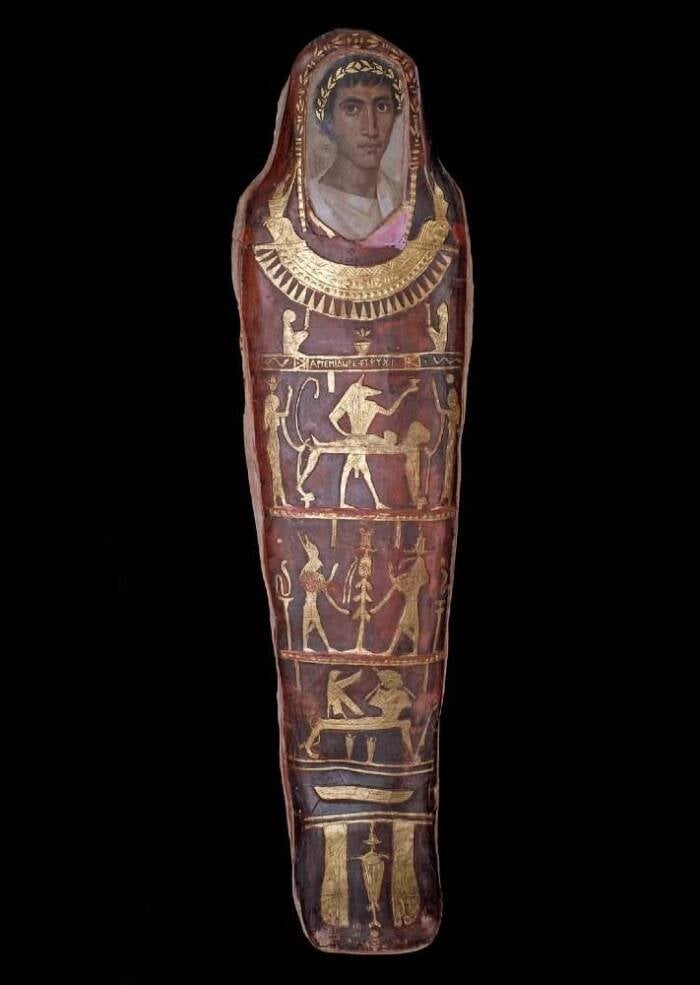
British MuseumThe British Museum calls this ancient mummy the "Mummy of Artemidorus," as it includes the inscription "Artemidorus, farewell" on the chest as well as a portrait of the deceased man.
Most recently, a breathtaking collection of Fayum mummy portraits was put on display at the Allard Pierson Museum in the Netherlands in an exhibit called "Face to Face. The People Behind Mummy Portraits." This exhibit began in October 2023 and is expected to run until May 2024.
"Some 38 portraits from all over the world have been gathered for this exhibition. They bring us face to face with just as many individuals who had themselves immortalized almost 2,000 years ago," the museum explained on its website. "Face to Face introduces visitors not only to the people portrayed but also to the makers, descendants, followers, collectors, archaeologists and researchers connected to these portraits. The exhibition gives a voice to various individuals who reflect on the portraits from their respective fields of expertise. Who were the people portrayed? How were they depicted and why? By whom were they seen?"
Though the people in the paintings lived and died centuries ago, it's clear that their portraits made a mark on history — and they'll never be forgotten.
After reading about the Fayum mummy portraits, explore the tomb of ancient Egypt's most famous pharaoh, King Tutankhamun. Then, discover the story of China's Xin Zhui, believed to be the world's best-preserved mummy.
